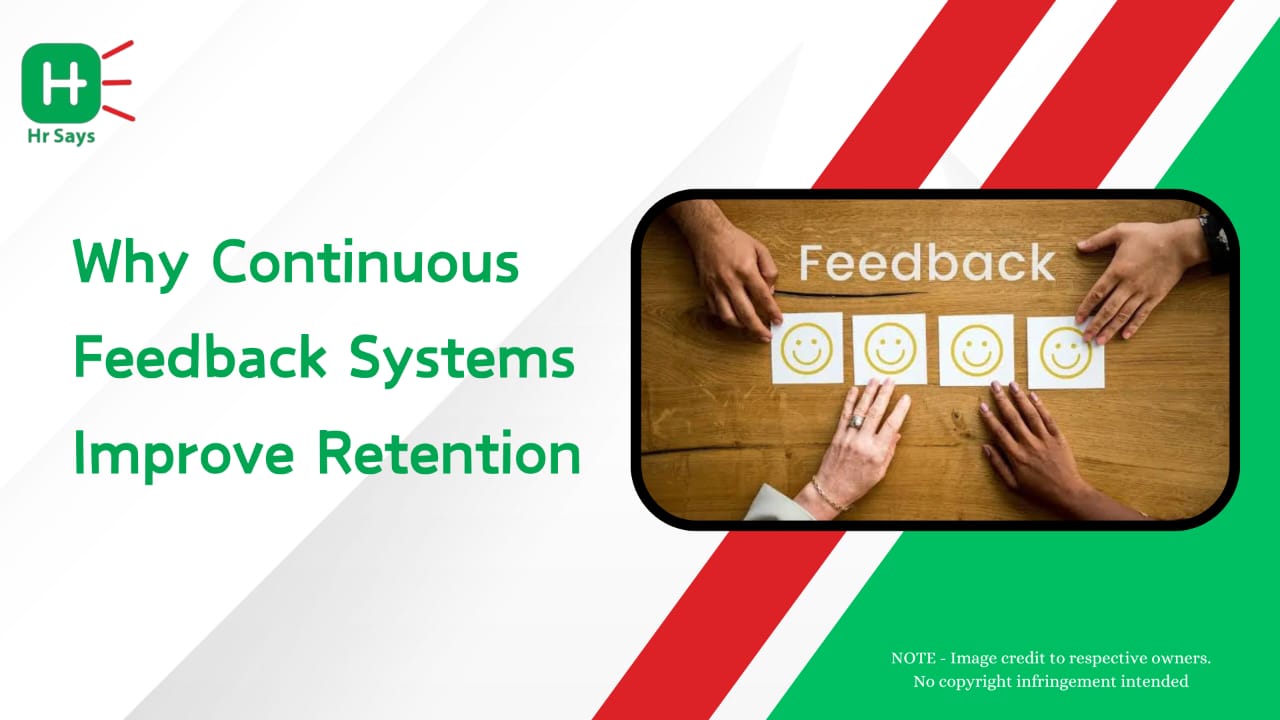Why do some companies perform well due to cohesion whereas others fail with internal disintegration? Confidence is that these answers are usually in the hands of one critical leader, the Chief Human Resources Officer (CHRO). In addition to people operations, the modern CHROs, determine the spirit of an organization: its culture.
The Strategic Shift in the CHRO Role
CHROs are no longer seen as administrators but have become strategic partners. Their presence not only in employment and retention but also the emotional climate of the workplace. They are culture makers, who match people practices to the company vision and values.
Knowledge of workforce behavior will help CHROs to make sure that every policy, communication, and decision is supporting a cohesive culture. In most companies, the CHRO works with the CEO to create an employee experience that creates engagement, trust, and a sense of belonging.
Building a Culture That Lasts
A strong culture is not built overnight. It is cultivated through intentional leadership and consistent communication. CHROs lead this transformation by embedding cultural values in every touchpoint of the employee lifecycle.
Key steps they take include:
● Defining core values that align with business goals
● Integrating diversity, equity, and inclusion (DEI) into hiring and development practices
● Promoting transparent communication to build trust and accountability
● Recognizing employee contributions to enhance motivation and loyalty
Through these actions, CHROs bridge the gap between leadership vision and employee reality.
Driving Engagement and Performance
An engaged workforce reflects a healthy culture. CHROs play a critical role in designing engagement strategies that keep employees motivated and aligned. Performance management, learning opportunities, and feedback systems are tailored to encourage growth rather than fear of evaluation.
They also use data-driven insights to measure culture health, identifying early signs of disengagement or burnout. This proactive approach ensures culture remains a living, breathing force rather than a framed statement on a wall.
Leading Through Change
In times of disruption, employees look to leadership for reassurance. CHROs guide organizations through transitions like mergers, digital transformation, or restructuring, while safeguarding morale and values.
Their focus shifts from enforcing policies to enabling adaptability. By communicating openly and empathetically, CHROs maintain stability during uncertainty. This balance between business goals and human emotion defines effective cultural leadership.
The Human Side of Strategy
Culture is not a campaign; it’s a daily practice. CHROs nurture it through every conversation, recognition, and hiring decision. They remind organizations that business success is ultimately human-driven.
When leaders embody empathy, integrity, and inclusion, these traits ripple through the workforce. Over time, they shape a culture that attracts top talent and builds long-term resilience.
Conclusion
The CHRO’s role goes far beyond human resources. It is about crafting an environment where people feel valued, heard, and inspired to contribute their best. By aligning human strategy with business purpose, CHROs lay the foundation for sustainable success and a culture that truly lives through its people.
.jpeg)
 CHROs shape organizational culture by aligning values, engagement, and leadership behavior.
Through strategy, empathy, and consistent communication, they build trust-driven workplaces
that enhance performance and long-term growth.
CHROs shape organizational culture by aligning values, engagement, and leadership behavior.
Through strategy, empathy, and consistent communication, they build trust-driven workplaces
that enhance performance and long-term growth.




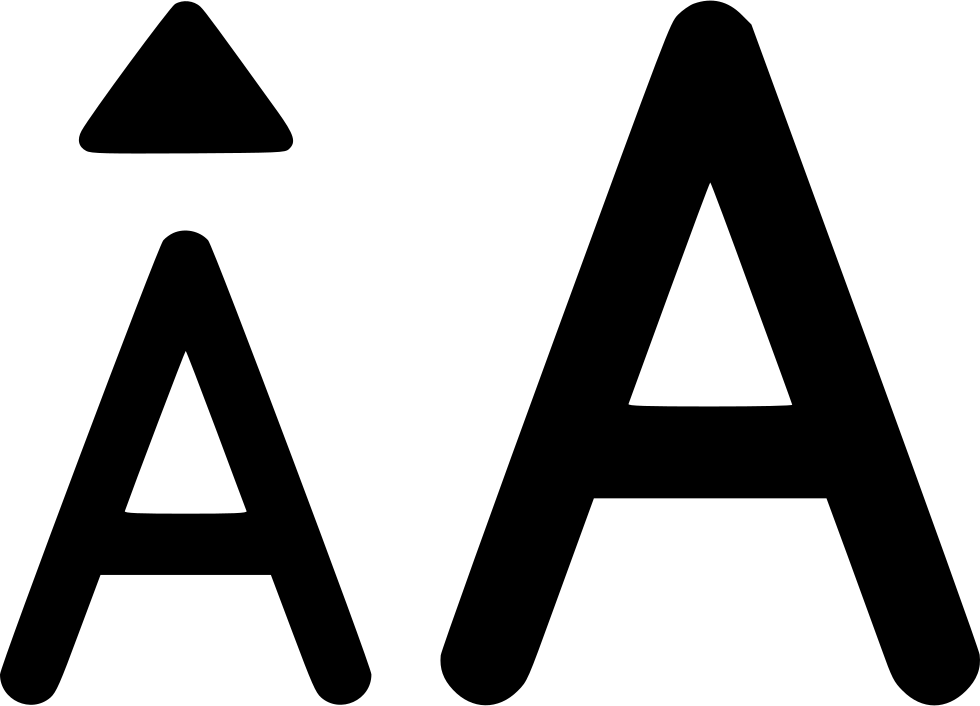



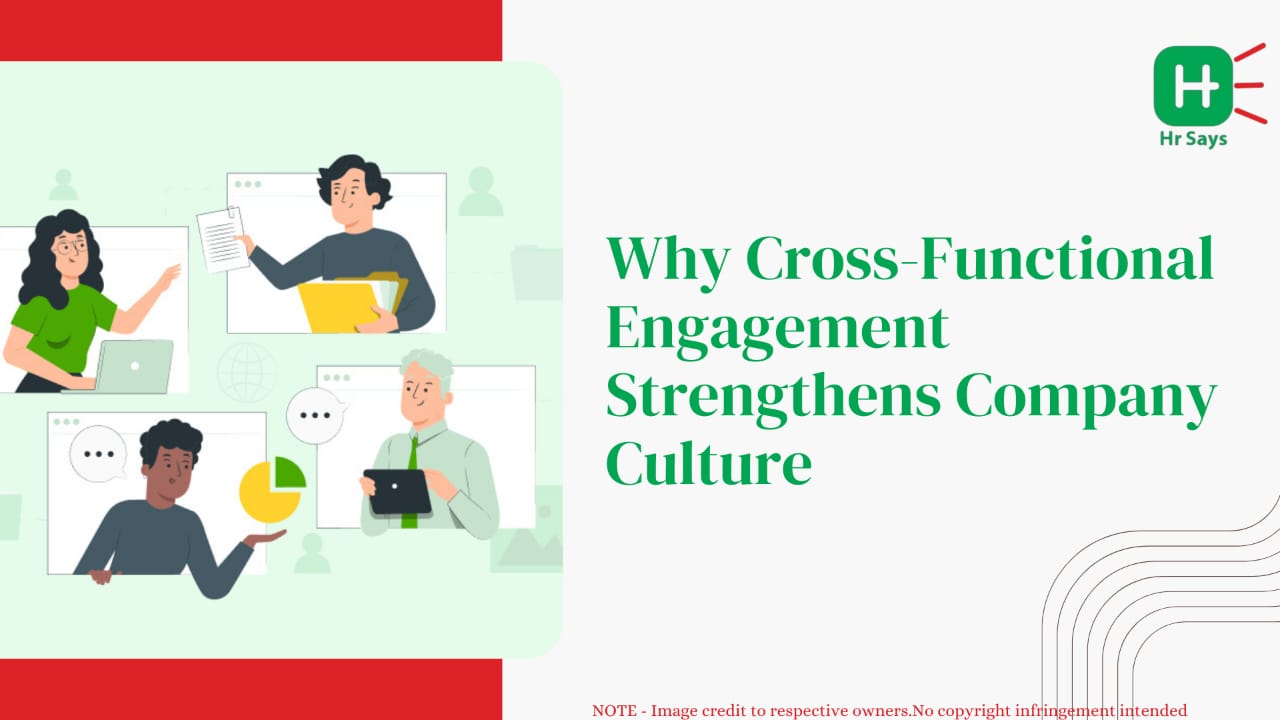

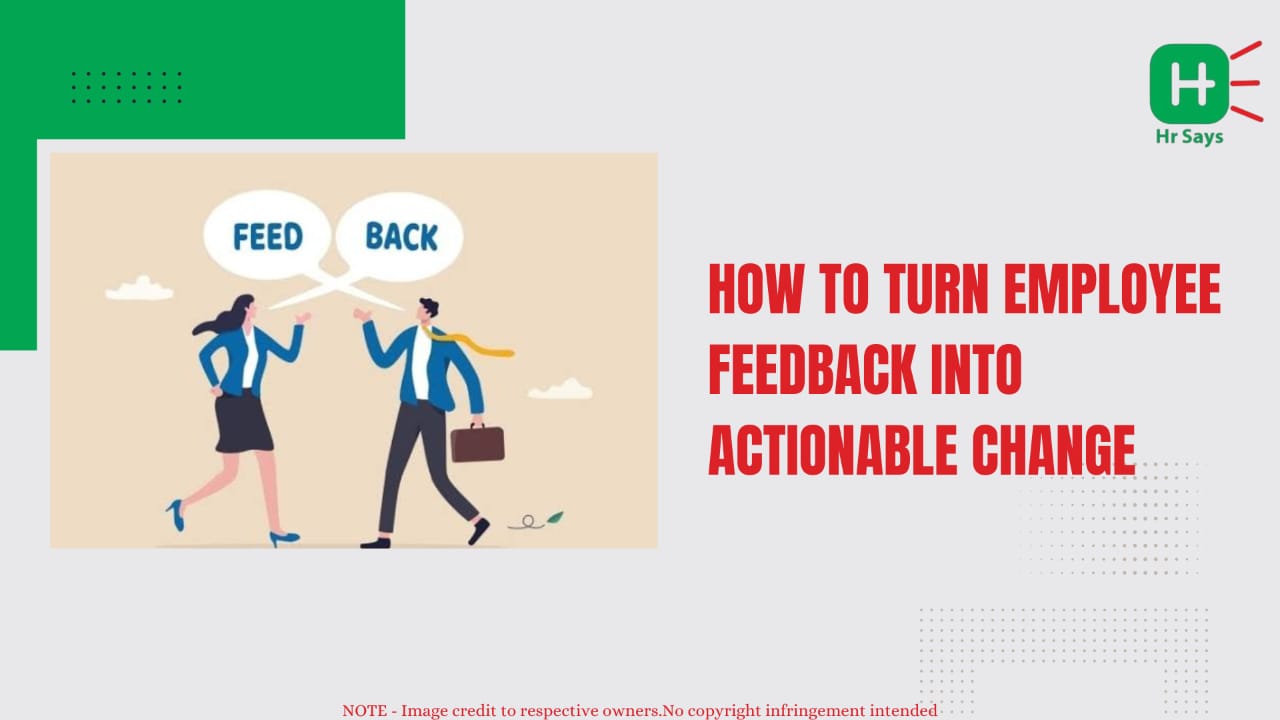


.jpeg)
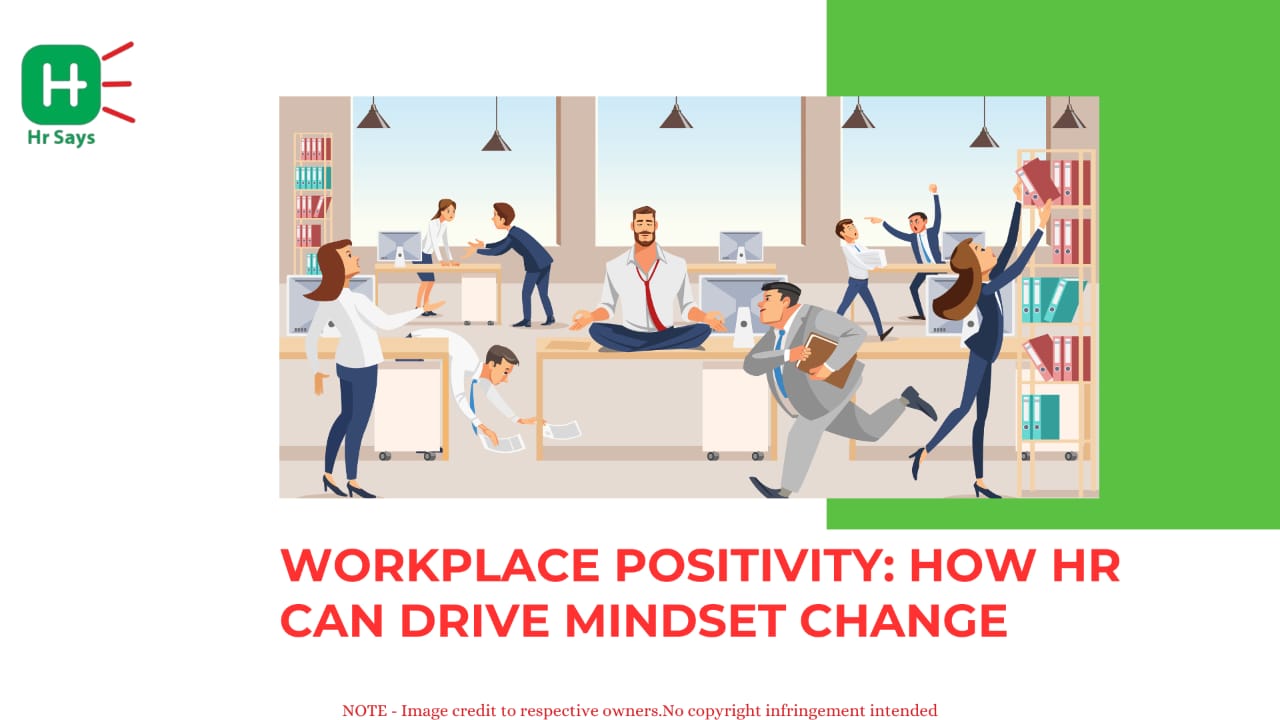


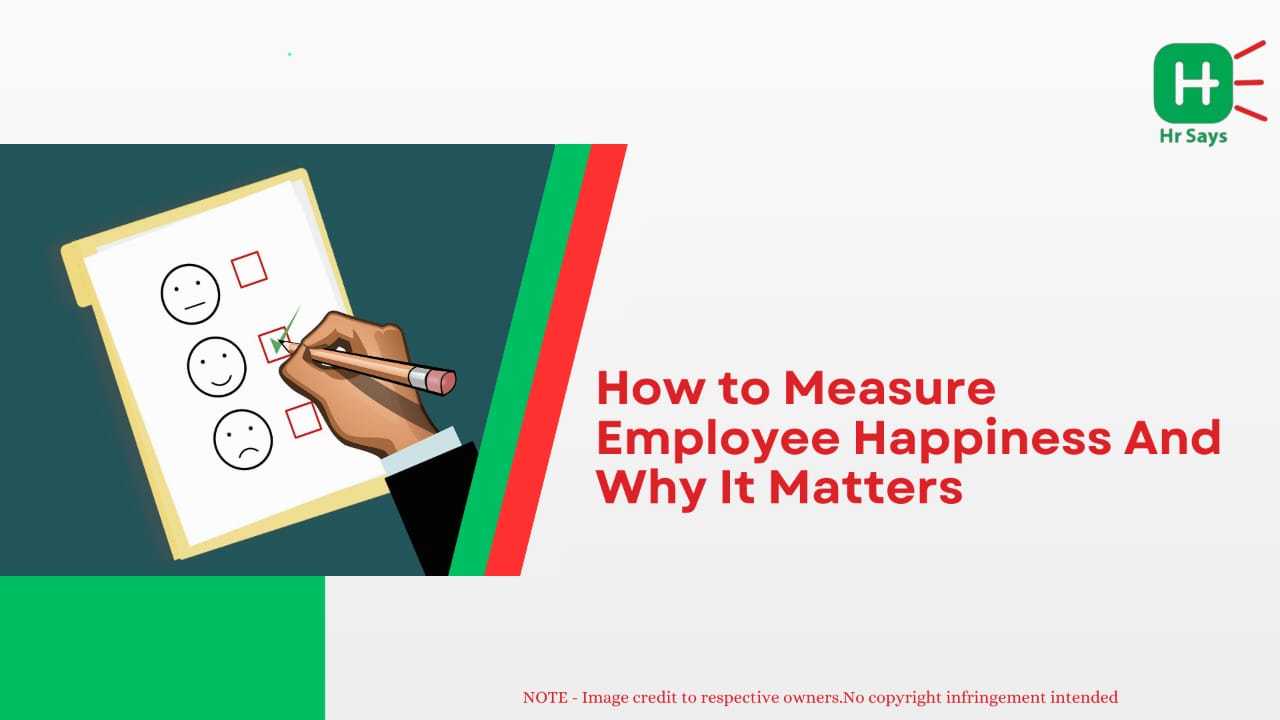

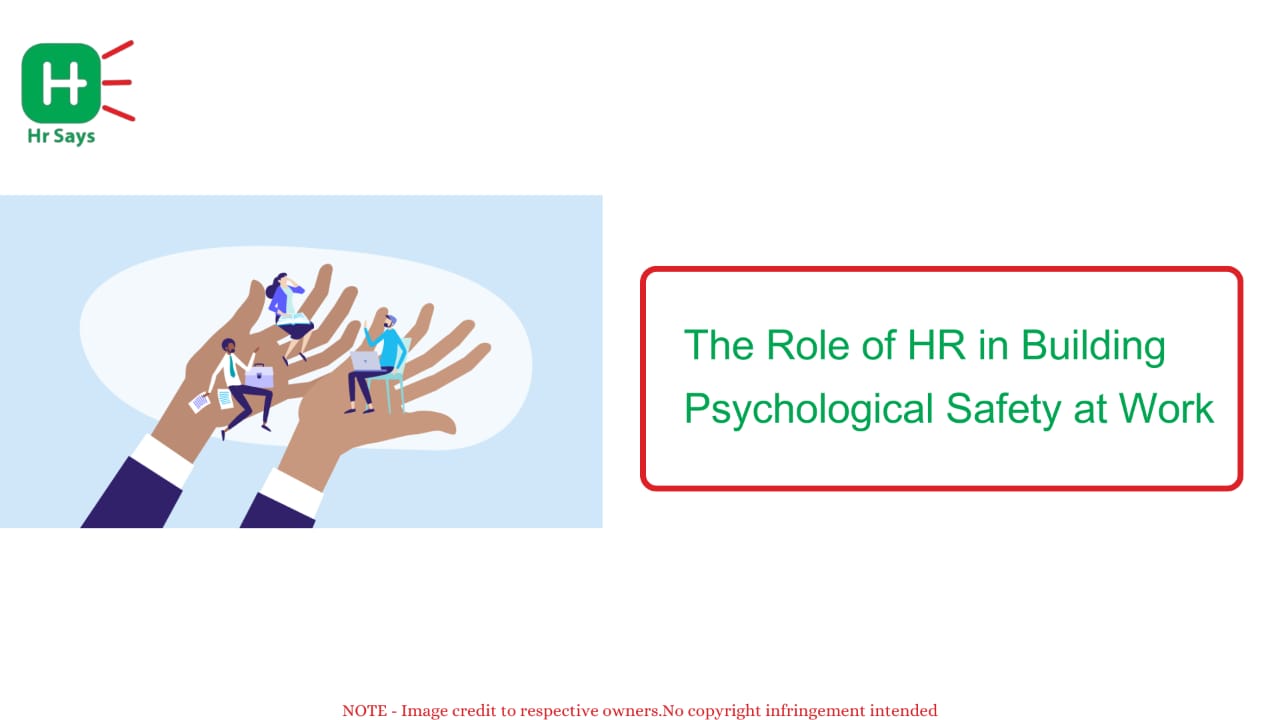

.jpg)

